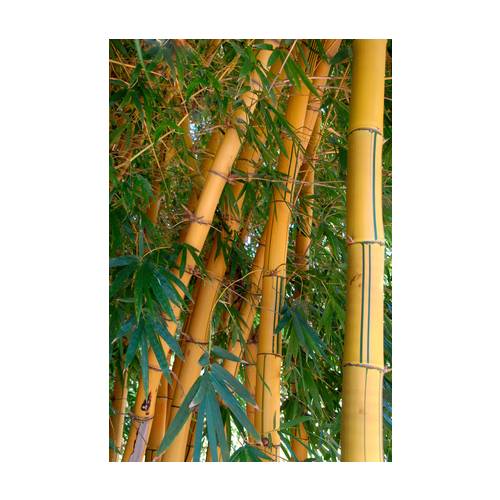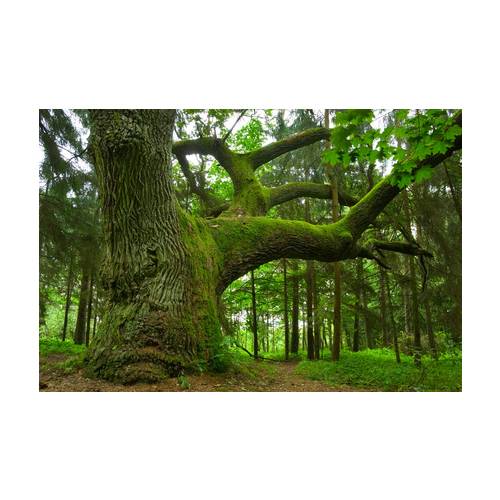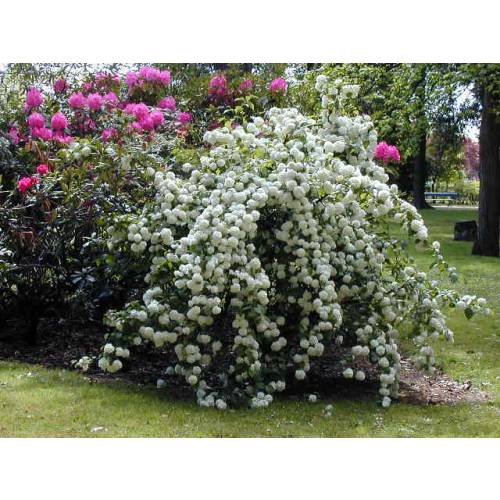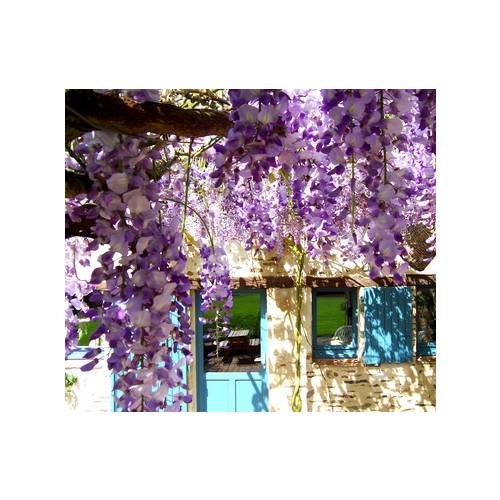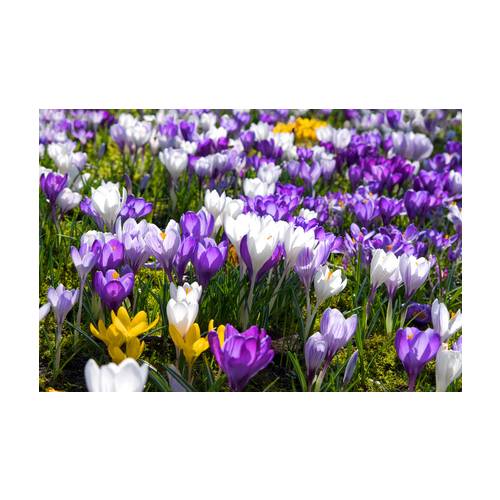
Understand how plants function
Different types of plants
- Details
-
All that is herb is not tree !
Herbaceous plants
Botanically, "herbs" designate all plants which do not form wood and which therefore have only soft tissue. Primroses, tomatoes, ferns are some examples, among many others. Of course, an herb according to its common meaning, i.e, plants in the grass family, (fescues, miscanthus, wheat, etc.) is an herbaceous plant. Likewise, botanically-speaking, banana trees, bambous, and palm trees are just herbs! Putting aside these particular plants, herbaceous plants rarely reach great heights compared to trees.
Furthermore, herbaceous plants can live for one or several years. If they live for only one season (like tomatoes or marigolds) they are called annuals. If they live for two years (like the common foxglove) they are biennials. And when they live for several years they are called perennials. There are perennials with short life spans (wallfowers, agastaches, perennial fennel, dusty millers…): they are perennials but in practice they must be replaced about every two or three years.
Trees
Fortunately, the situation here is less complicated than for the herbaceous plants ! A tree lives for very many years. For example, the bristlecone pine, Pinus aristata, is often considered the longest-living tree…and the slowest-growing !
Shrubs
This term refers to very numerous plants halfway between herbaceous plants and trees. Shrubs form wood : one must simply cut a trunk of lavender to make out the growth rings, as with oak or pine trees! But shrubs stay at shorter heights than those of trees. In general, those which surpass 6m are classified as trees, and other plants with wood are classified as shrubs. This distinction is completely arbitrary and doesn’t correspond to any reality whatsoever in nature. For example, certain shrubs form real trees (crape myrtle or Langerstroemia, reaches a height of 8m in exceptional conditions) while inversely, certain trees will remain in shrub condition if their situation is unfavourable.
To complicate everything, the name of certain plants includes the word "tree" while they are sometimes shrubs, or even herbaceous plants. The butterfly tree (buddleia) is not a real tree whereas the handkerchief tree (Davidia) forms an authentic tree !
Creepers or climbing plants
They form fine stems in relation to their length. A big clematis does not surpass a diameter of I cm, and an ancient bignonia reaches a 10 cm diameter. In nature creepers are plants that attach themselves to others to get light. There are some annual creepers.
Plants with bulbs
They have fleshy underground reserves, like the onion and the tulip. The shape of the reserve varies greatly botanically and accordingly we talk about corms, crown, rhizome or tuberous roots. It is not necessary to know the differences in detail. Simply know that in all these cases the plant stores reserves underground and to persist, it must build these reserves up again every year. - Photos (5)

